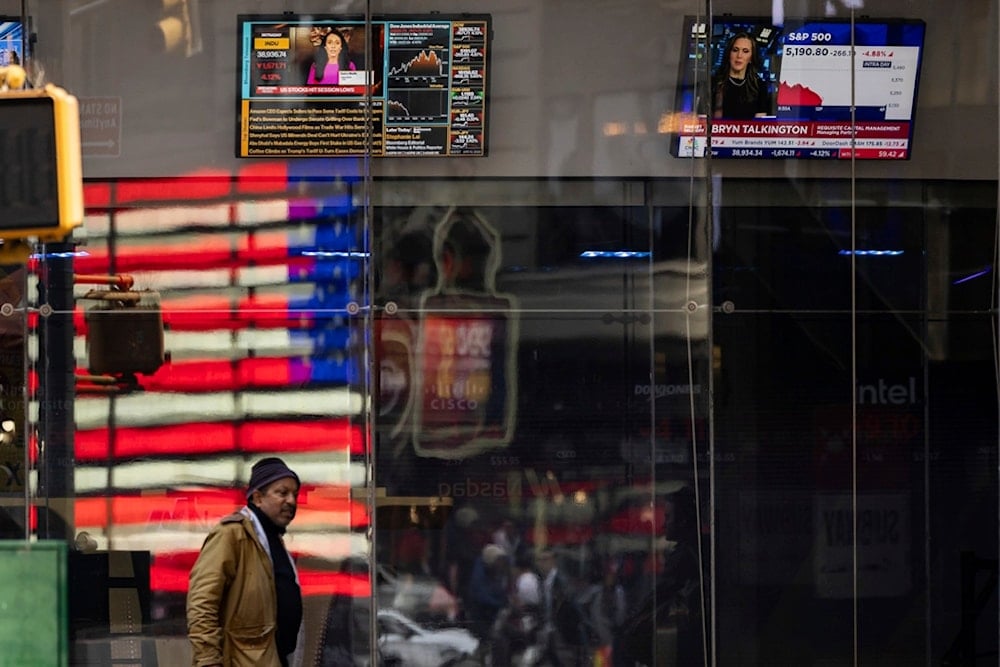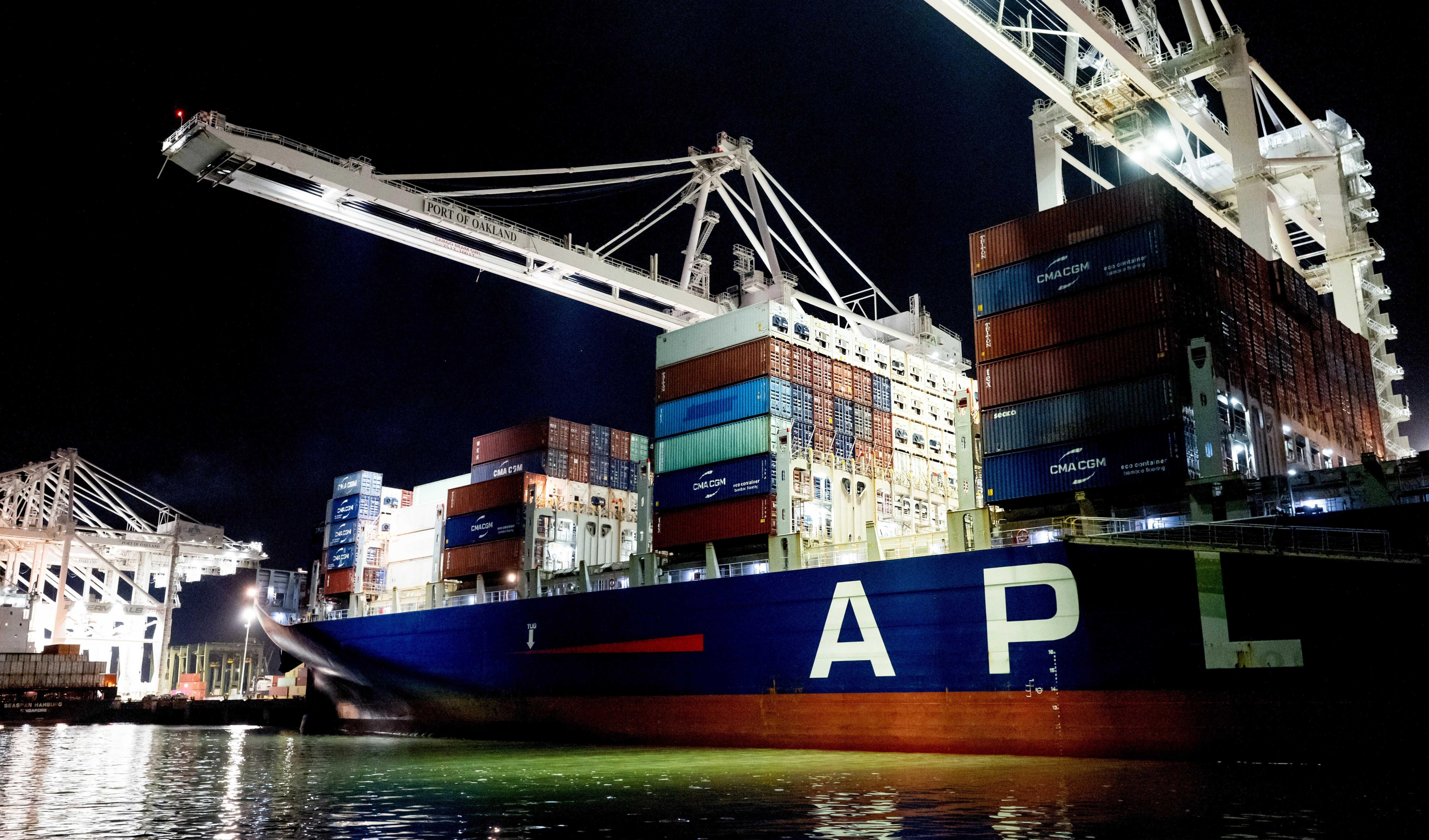US allies still in the dark on Trump's tariff goals: Politico
"We really don't know what the Trump administration wants," admitted one Asian diplomat, reflecting widespread sentiment among trade partners who remain sidelined from any substantive dialogue with Washington.
-

A screen shows S&P 500 price at the Nasdaq MarketSite, Thursday, April 10, 2025, in New York (AP Photo/Yuki Iwamura)
US President Donald Trump's latest round of tariff impositions has thrown global trade diplomacy into disarray, with US allies expressing growing frustration over Washington's lack of clarity and consistency. According to a report by Politico, diplomats from over 15 countries have voiced confusion about the true aims behind the White House's escalating protectionist agenda.
"We really don't know what the Trump administration wants," admitted one Asian diplomat, reflecting widespread sentiment among trade partners who remain sidelined from any substantive dialogue with Washington.
While Japan, South Korea, Vietnam, and India have reportedly engaged in limited discussions with US officials, the selective nature of these talks has raised suspicions that Washington is attempting to isolate China through ad-hoc dealmaking rather than coherent policy. Observers note that this piecemeal approach only reinforces China's argument that the US is undermining multilateralism in favor of unilateral coercion.
European officials are equally perplexed, unsure whether Trump's tariffs are meant to extract short-term concessions or represent a deeper shift toward economic nationalism. As one EU diplomat told Politico, the uncertainty stems from not knowing if this is "a deal-making strategy or the start of a paradigm shift." Former US Ambassador to Japan Ken Weinstein added that Washington appears to be testing "how far can people go to please the administration"—a comment conveying the erratic nature of the current US trade posture.
Tariff Turmoil
On April 2, Trump signed an executive order imposing so-called "reciprocal" tariffs on foreign imports. While the baseline rate was set at 10%, countries like China were disproportionately targeted, with cumulative tariffs on Chinese goods surging to 145%. These escalations were made under the guise of promoting fairness, yet few concrete demands were communicated, leaving trading partners uncertain and global markets rattled.
Back in the US, the economic consequences are beginning to surface. Manufacturers and importers have warned that the rising costs are unsustainable. Rick Woldenberg, CEO of Learning Resources, said his company's annual tariff expenses could rise from $2.3 million to over $100 million. Meanwhile, Florida-based business owner Emily Ley has filed a lawsuit against the administration, citing nearly $1.2 million in losses due to the tariffs and accusing the White House of abusing emergency economic powers to impose them.
Economists warn that the tariff regime could contract US GDP by over 1% and drive inflation well beyond 3%. In contrast, China has stressed the need for stability and cooperation in global trade, advocating for predictable rules and equitable development.
Moments ago, the Trump administration announced exemptions for a range of electronics, including smartphones, laptops, and critical components, from its recently imposed tariffs on Chinese imports— likely as a result of pressure from the US tech sector.
Read more: Trump exempts key Chinese electronics from harsh tariff regime

 3 Min Read
3 Min Read









